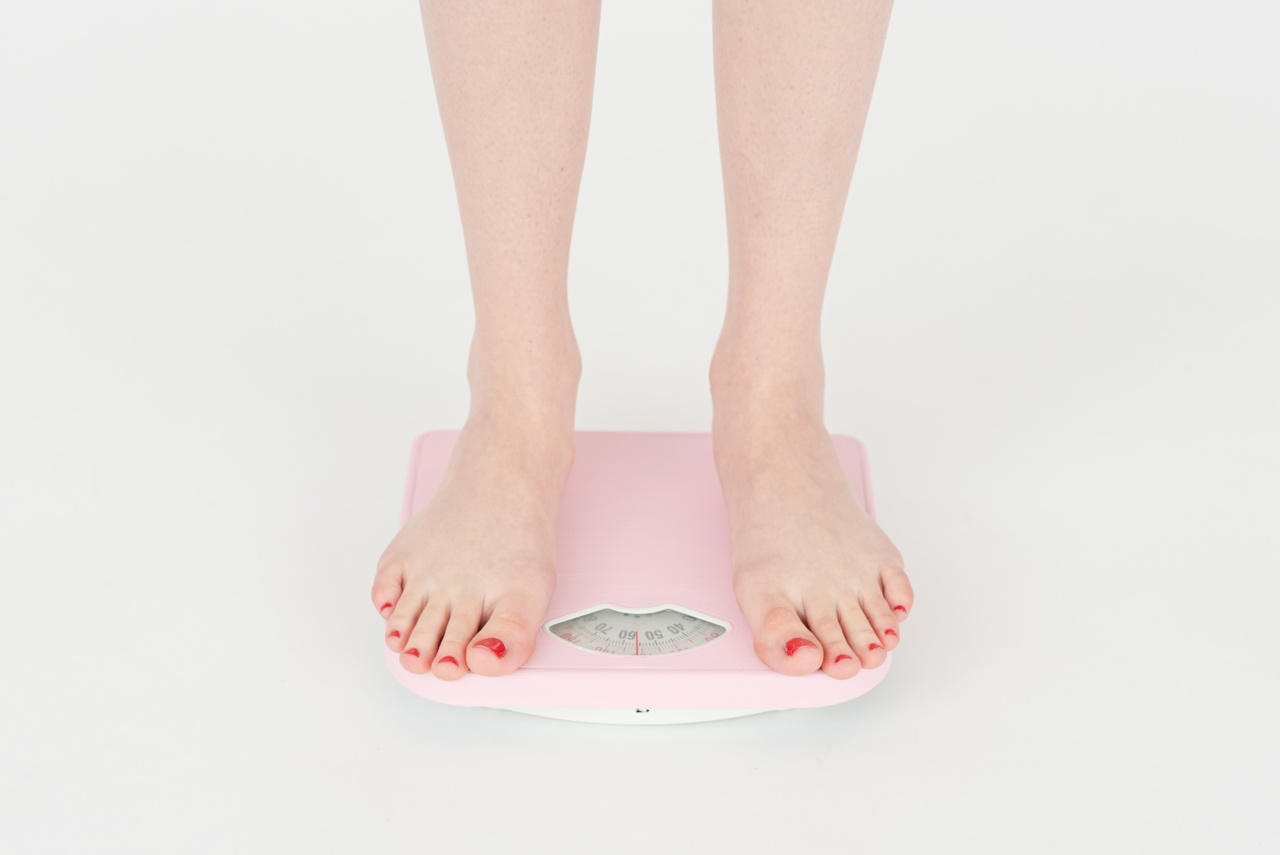High blood pressure, also known as hypertension, is a common condition that affects millions of people worldwide. It occurs when the force of blood against the artery walls is too high, putting extra strain on the heart and blood vessels.
If left uncontrolled, high blood pressure can lead to serious health issues such as heart disease, stroke, and kidney problems.
Why Exercise is Important in Managing High Blood Pressure
Regular physical activity plays a crucial role in managing high blood pressure. It helps to strengthen the heart, reduce artery stiffness, and lower blood pressure naturally.
Exercise also aids in maintaining a healthy weight, which is important as excess weight can contribute to hypertension. When combined with other lifestyle modifications like a balanced diet and stress reduction techniques, exercise can have a significant positive impact on blood pressure levels.
Here are 5 effective exercises that can help control high blood pressure:
1. Cardiovascular or Aerobic Exercises
Cardiovascular exercises involve repetitive and rhythmic movements that increase the heart rate and promote better blood flow throughout the body.
Aim for at least 150 minutes of moderate-intensity aerobic activity or 75 minutes of vigorous-intensity aerobic activity every week. Some great examples of cardiovascular exercises include:.
– Brisk walking.
– Jogging or running.
– Cycling.
– Swimming.
– Dancing.
2. Strength Training
Incorporating strength training into your exercise routine is important for managing high blood pressure. By building lean muscle mass, you can improve overall cardiovascular health and reduce blood pressure levels.
Aim to perform strength training exercises at least two days per week, targeting major muscle groups such as:.
– Squats and lunges for the lower body.
– Push-ups and bench presses for the upper body.
– Planks and abdominal crunches for the core.
3. Yoga
Yoga is a gentle and low-impact exercise that combines breath control, stretching, and meditation. Regular practice of yoga can help lower blood pressure by promoting relaxation and reducing stress levels.
Consider including the following yoga poses in your routine:.
– Child’s pose.
– Forward fold.
– Cat-cow stretch.
– Bridge pose.
– Corpse pose.
4. Pilates
Pilates is a form of exercise that focuses on strengthening the core muscles, improving posture, and enhancing flexibility. It can be beneficial for people with high blood pressure as it promotes controlled movements and proper alignment.
Some effective Pilates exercises include:.
– The hundred.
– Roll-up.
– Single leg stretch.
– Side lying leg lifts.
– Spine stretch forward.
5. Deep Breathing Exercises
Deep breathing exercises, also known as diaphragmatic breathing, help activate the body’s relaxation response and reduce stress levels. They are simple to perform and can be done anywhere at any time.
Incorporate the following deep breathing techniques into your daily routine:.
– Belly breathing: Place one hand on your belly and inhale deeply through your nose, allowing your belly to rise. Exhale slowly through your mouth, feeling your belly fall.
– 4-7-8 breathing: Inhale through your nose for a count of 4, hold your breath for a count of 7, and exhale through your mouth for a count of 8.
– Alternate nostril breathing: Place your right thumb over your right nostril and inhale deeply through your left nostril. Release the right nostril and press your right ring finger over your left nostril. Exhale slowly through your right nostril.
Repeat on the other side.






























